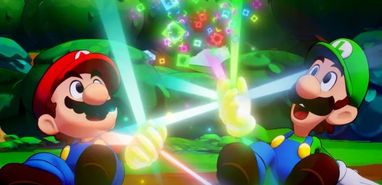
The Mario and Luigi franchise has always held its unique position among Mario RPG spin-offs. Unlike Super Mario RPG, it may not have the same historical weight, and unlike Paper Mario, it has always remained on Nintendo’s handheld systems. When AlphaDream, the longtime developer behind Mario and Luigi, declared bankruptcy, fans thought the series might sink into the depths of gaming history. Thus, the announcement of Mario and Luigi: Brothership, a polished console revival, came as a pleasant surprise for many.
But does Mario and Luigi: Brothership continue the trend of successful RPG revivals following acclaimed updates of Super Mario RPG and Paper Mario: The Thousand-Year Door? Or does this nautical adventure run aground? Let’s secure the rigging and find out.
Setting Sail in Concordia: A World in Fragments

The game starts with our familiar plumbers, Mario and Luigi, being unexpectedly whisked away into a vortex, only to emerge in Concordia—a fragmented land where inhabitants resemble living power outlets (the result of designers inspired by objects found around the office). Concordia was once unified by the powerful Uni-Tree, but with its decline, the land has splintered into separate islands.
In Concordia, Mario and Luigi reunite and meet Connie, a “Wattanist” caring for the Uni-Tree, and Snoutlet, a pig-like guide who insists he’s not a pig. Together, they task the brothers with reconnecting the isolated islands to Shipshape Island, where the Uni-Tree now resides. Naturally, the journey isn’t straightforward. A mysterious figure, Zokket, aims to halt your progress by spreading mood-altering “Gholm” across Concordia, with Bowser adding his own complications to the mix.
While the narrative setup is somewhat intriguing, the story doesn’t always captivate. The villain lacks depth, and the plot twists can feel a bit predictable. To the game’s credit, each island has its own characters and mini-storylines. For instance, one act delves into why NPCs are being mysteriously abducted, while another sees Mario and Luigi reuniting two star-crossed lovers from rival clans. There’s a lot happening in Brothership, even if it doesn’t always come together as a compelling whole.
Perhaps the most notable departure is the toned-down meta-humor that defined earlier Mario & Luigi titles. This game, set in an entirely new world, doesn’t have the same opportunities to playfully riff on Mario lore. Even beloved characters like Princess Peach and Bowser, who make appearances, are presented in a more straightforward manner. While Brothership has its moments of humor and charm, it lacks the sharp, self-referential wit that previous entries were known for.
A Colorful World with Small Technical Hiccups
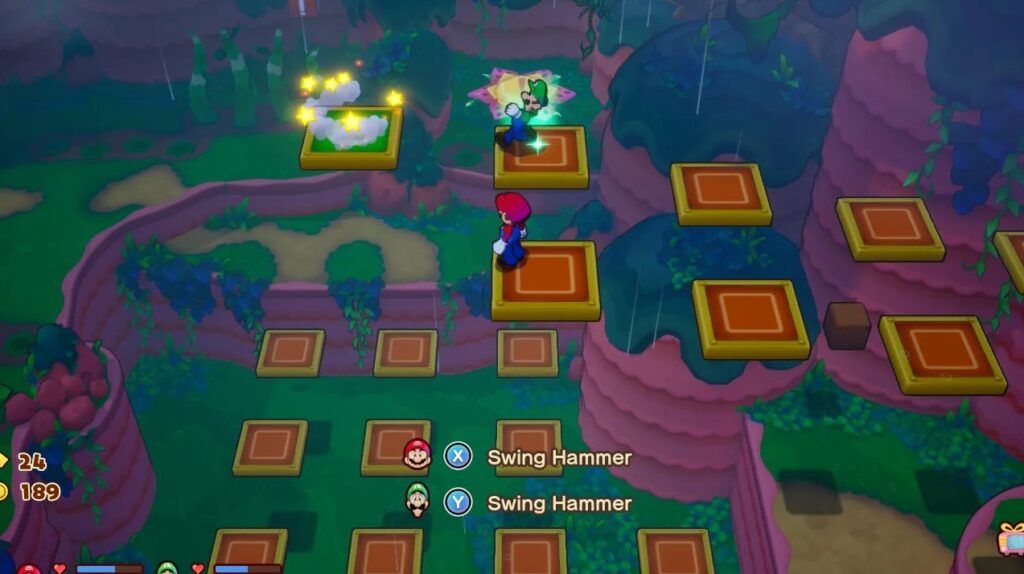
Though the writing may lack a certain spark, the visuals compensate with their vibrant colors and lively animations, echoing the handcrafted quality of past 2D sprites. Occasionally, the framerate stutters while exploring, but thankfully, these issues don’t affect combat. Overall, the game delivers a high-quality presentation, easily one of Nintendo’s most ambitious projects in 2024, which is no small feat for a Mario and Luigi title.
Classic Controls with Fresh Twists
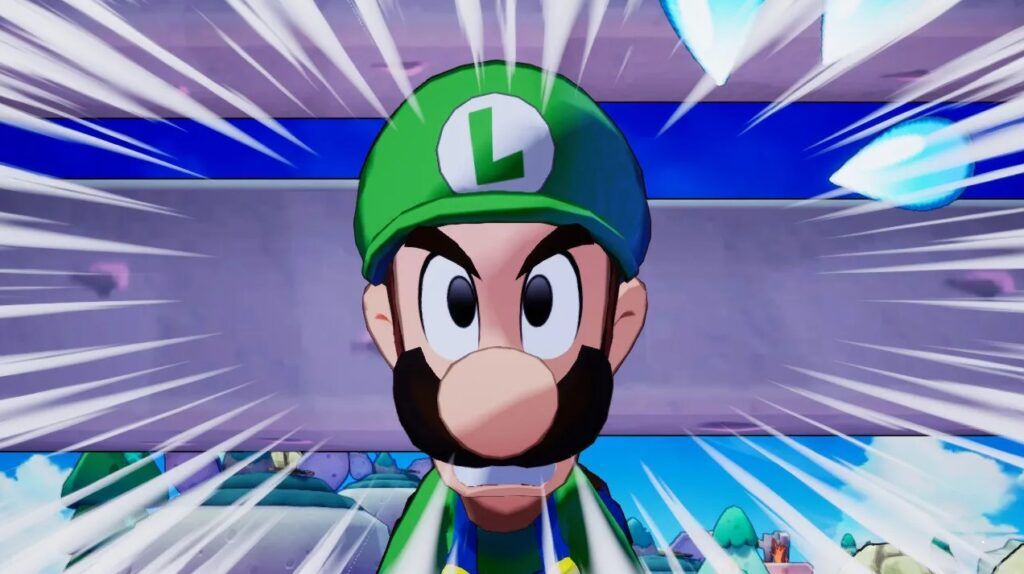
For those new to the series, the core gameplay remains mostly unchanged. Players control both brothers, although they now automatically jump together instead of requiring separate inputs, making platforming simpler. The addition of “Luigi Logic” brings something new: Luigi occasionally has unique ideas for overcoming obstacles. These usually involve quick-time events, sometimes leading to more elaborate gameplay sequences, like Luigi sneaking around to distract guards. Luigi Logic also makes an appearance in combat, offering new strategies without overshadowing Mario.
Team-Based Exploration and Battle Mechanics
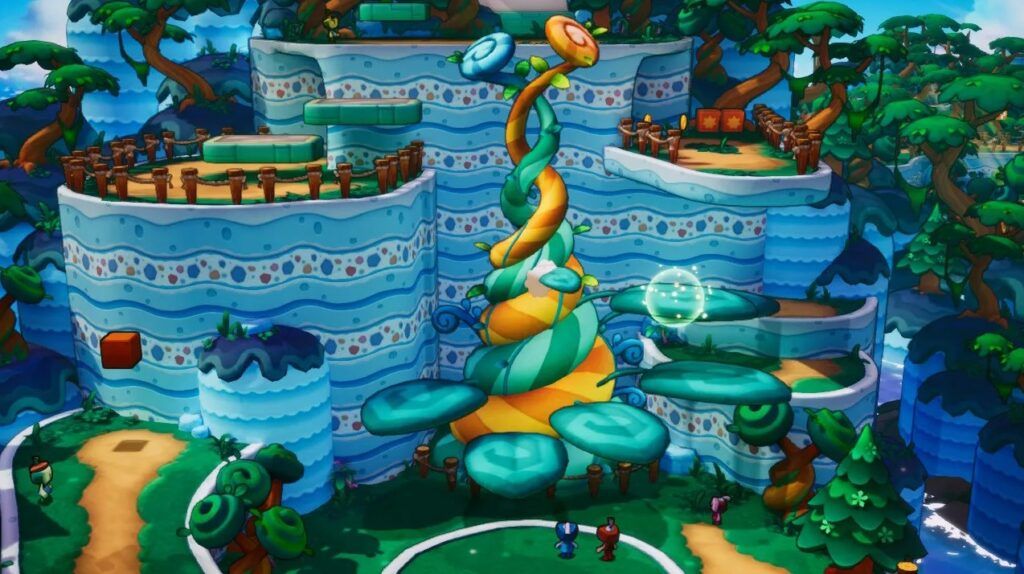
Returning is the signature Bros. Moves mechanic, allowing Mario and Luigi to work together, transforming into various forms like a UFO or rolling ball, to solve puzzles. While not revolutionary, these moves provide enjoyable ways to interact with the world, and watching Mario and Luigi’s playful interactions, like tangoing in UFO mode, is charming.
Combat, as always, mixes turn-based attacks with timed sequences that require precise button presses to maximize damage and dodge incoming attacks. In Brothership, mastering these quick-time events is essential for successful encounters, especially with more complex Bros. Attacks.
A new addition is Battle Plugs, a twist on the Badge system from Paper Mario. Limited slots allow players to load specific Plugs that grant effects like easier counters, elemental attacks, or immunity to status effects. These Plugs recharge after a set number of uses, adding a layer of strategy as players decide which Plugs to save for challenging encounters. During boss fights, Luigi Logic activates for unique quick-time minigames, adding variety to combat.
Evolving Combat and the Challenges of Late-Game Battles
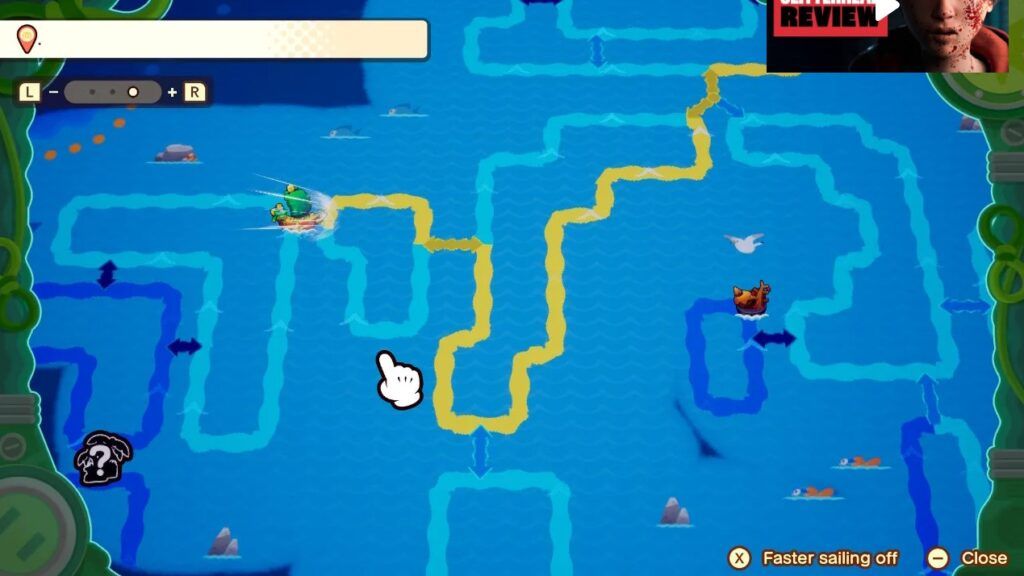
While engaging at first, combat can become repetitive due to frequent, lengthy animations and quick-time requirements. This issue intensifies later in the game as enemy encounters become longer, with more groups or shielded foes, making even standard battles feel a bit like a grind. Boss fights in particular can be lengthy, stretching to 20-30 minutes, which may test player patience.
Exploring Shipshape Island and Sailing the High Seas
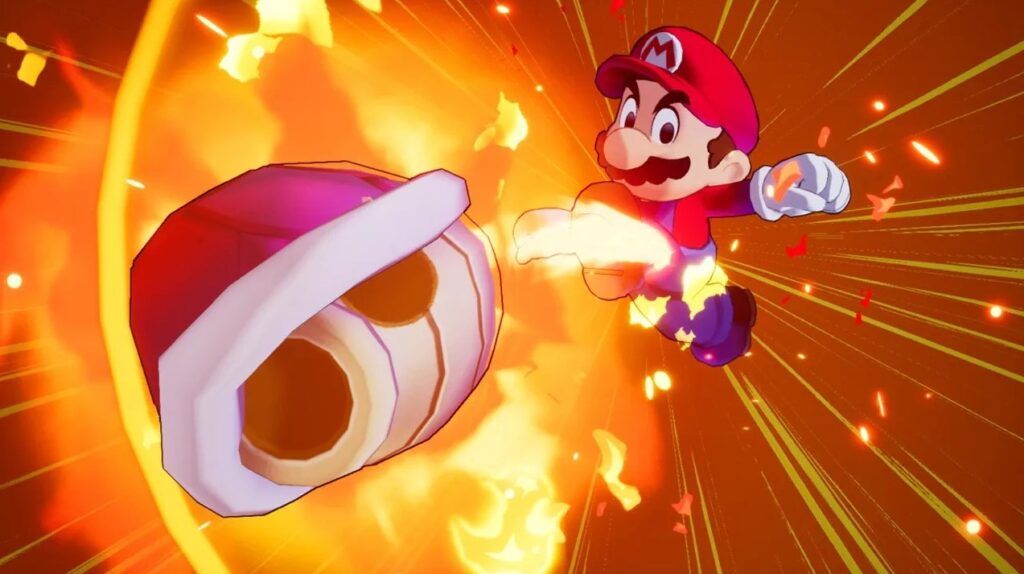
Most Mario and Luigi games incorporate a central theme, and Brothership leans into a nautical motif. Shipshape Island serves as the home base and actual ship, allowing players to navigate a web of ocean currents connecting various islands. These routes look more like a subway map than a traditional sea chart, adding a quirky twist to exploration.
Initially, Shipshape moves slowly in real-time, allowing players to explore the ship and previously visited islands while en route to new destinations. While the option to warp back to islands helps, the slow pace can be frustrating, especially if you need to reroute. Fortunately, later in the game, the ship gains a speed boost, making navigation less of a chore.
While the sailing mechanic isn’t groundbreaking, it sets the stage for the game’s diverse, creatively themed islands. Featuring over 15 islands with distinct styles, from classic lava and ice zones to unique settings like Lottacoins Island—a capitalist’s paradise with complex puzzles—the islands deliver variety in both visuals and gameplay.
Final Thoughts
Despite some pacing issues in combat and a less sharp narrative, Mario and Luigi: Brothership brings enough novelty to keep fans entertained. The addition of Luigi Logic and Battle Plugs provides fresh takes on established mechanics, while the nautical theme, though less impactful than previous gimmicks, supports an imaginative world. Brothership may not be the pinnacle of the series, but it’s a solid return that should satisfy both longtime fans and newcomers.




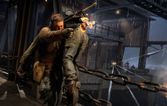

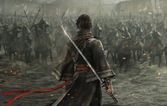

By Andrej Kovacevic
Updated on 9th March 2025